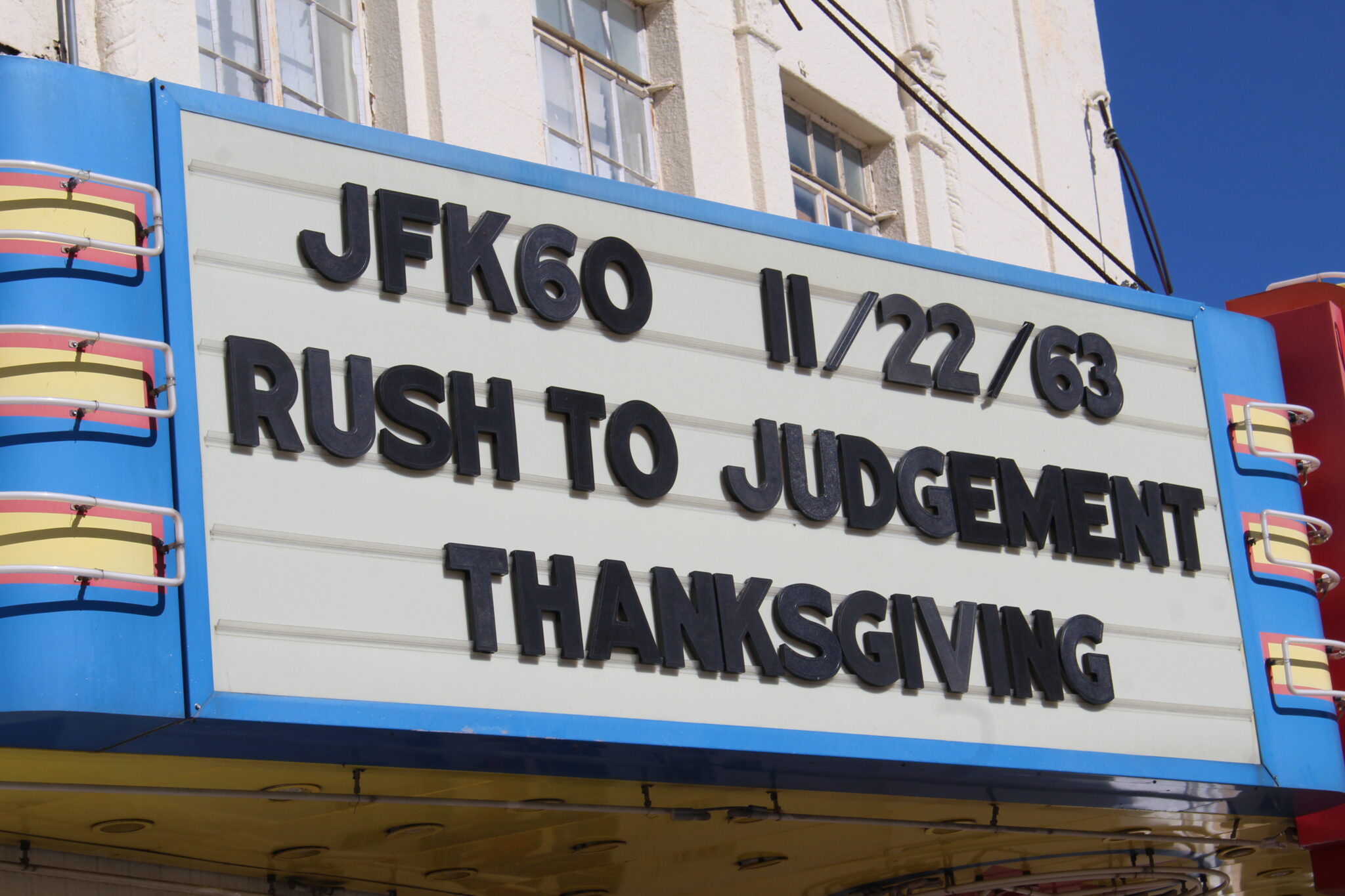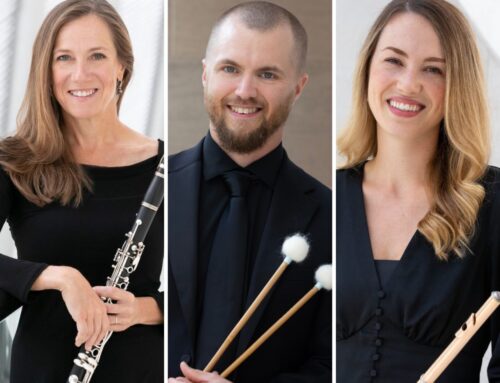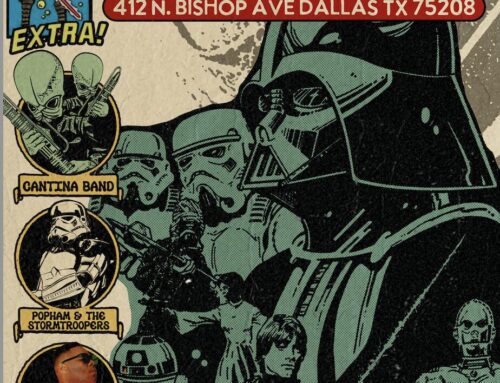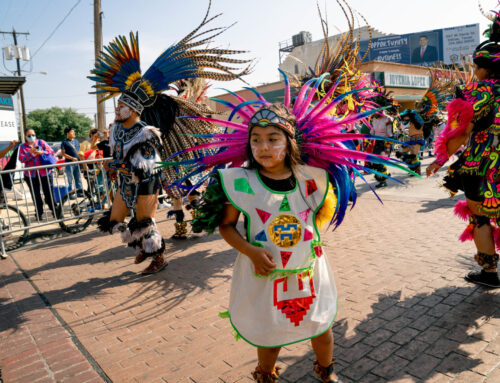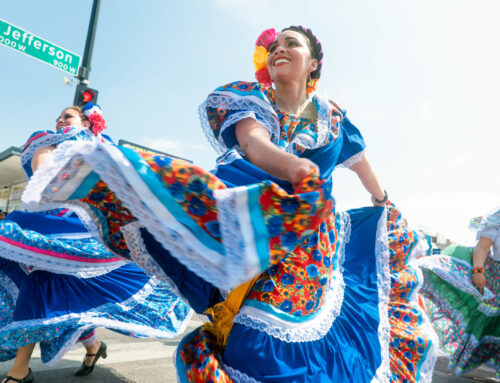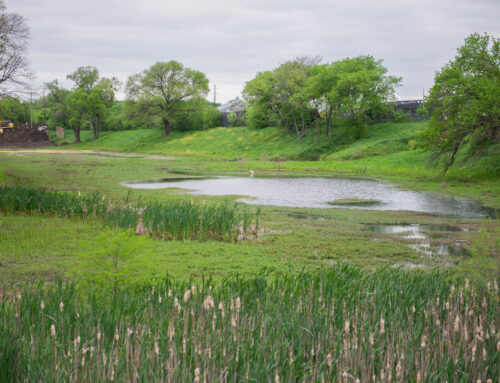On Wednesday, the Texas Theatre has a heartbeat. Sixty years to the day, Lee Harvey Oswald was apprehended inside by Dallas police during a double feature screening of Cry Of Battle and War Is Hell. For each anniversary, the Texas Theatre evokes something of a time machine, showing both films again for tourists to immerse themselves in what the day must’ve been like.
Beneath the marquee outside, posters for Cry Of Battle and Oliver Stone’s JFK stand at each entrance. Inside, the lobby is decorated with archival documents about Jack Ruby and officer J.D. Tippit with an old Kennedy speech being projected onto the back wall without sound. Behind the front counter, you can purchase popcorn, soda or a t-shirt with Oswald’s face on it.
The event is well-attended, but it doesn’t feel that way. Everyone is either grouped around an exhibit or forming their own conspiratorial circles, sometimes both. For such a macabre gathering, it’s very social.
I only spot one person not participating, at least not in the communal aspect of it. Her name is Marilyn Olds, a middle-aged lady sitting alone on a red couch in front of the auditorium. She tells me that she flew in from Long Island to be in Dallas for the 60th anniversary, and that she did the same for the 50th.
“I didn’t sit down at all the first time I came,” she says. “This time, I’m gonna sit still. I’m just gonna look and check out the angles and think about what it must have looked and sounded like.”
More than her contemporaries, Olds is particularly interested in the human element of the tragedy.
“The interviews with the witnesses are some of my favorite things to listen to and read,” she explains. “They all have a moment of clarity, ‘oh my goodness, I saw this, I heard this, I was a part of that’. Their brains probably could not have processed all of what they just witnessed.”
Olds says that her interest in Kennedy began when she attended grade school in Boston, surrounded by a community that still revered the late President. She spoke with a contained passion as if she couldn’t possibly say all that she wanted to say, and that she was conscious of that very dilemma. I recommend that she visits the Longhorn Ballroom before she flies home, and then let her get back to her observations.
Upstairs, I run into Leo Barrios fidgeting with a Pac-Man machine to pass the time. He’s young, hiding his long hair beneath a baseball cap and his enthusiasm behind a smile. He floats around the theater like he can’t believe he’s really there, where it really happened.
“This summer, we did the entire tour,” Barrios says. “We mapped it and everything, timing it from where he was shot and where Oswald supposedly ran.”
He clarifies that he’s been doing these adventures with his dad, before recounting a seemingly accurate timeline of what happened that fateful day in 1963. Barrios definitely wasn’t around to see it, I doubt that his father was either. Sixty years later, they wouldn’t miss this day for the world.
At the bar downstairs, I see David Latona thumbing through a book on Oswald and the murder of Officer Tippit. He’s not drinking, but he’s engaged with two other men in the sort of conspiracy theory conversation that bar counters were made for.
“I’ve been to fifteen countries, going to historical sites like the Roman Colosseum,” he says. “Dealey Plaza is definitely one of the top for actually feeling what happened there.”
Latona is celebrating an anniversary of his own, 32 years as a history teacher. He’s currently a professor at Collin College, taking his day off to scout the area for a potential field trip.
“You can really feel the history,” he explains. “Because it looks almost identical to the way it was sixty years ago. It’s the most important historical event that happened in Dallas.”
He shakes my hand and says he’s excited to read my article. I hope his students will be just as excited to tour the area as he was.
Not far from Latona, I see Jim Babka exploring every nook of the theater that he can. He and his wife flew in a few weeks prior from Akron, Ohio, specifically to tour JFK history spots. Earlier that morning, his daughter flew in from Florida for both the last stop in their trip and the story’s chronology.
Babka and his wife haven’t wasted any time in Dallas, visiting every historical site from the Sixth Floor Museum to Oswald’s boarding house.
“You know when you listen to a podcast, like Serial or something like that,” he says. “It has a seasonal arc, it’s 8-10 episodes and you get the whole thing. You’re not going to get that with this case.”
Babka’s obsession with the subject was shared by nearly everyone else in attendance that day. Kennedy was killed sixty years ago, his murderer was only inside the Texas Theatre for a few minutes. Still, thousands flocked to Dallas this year to see it for themselves.
“This is the true crime of true crimes,” Babka says. “It’s the biggest murder of all murderers.”

